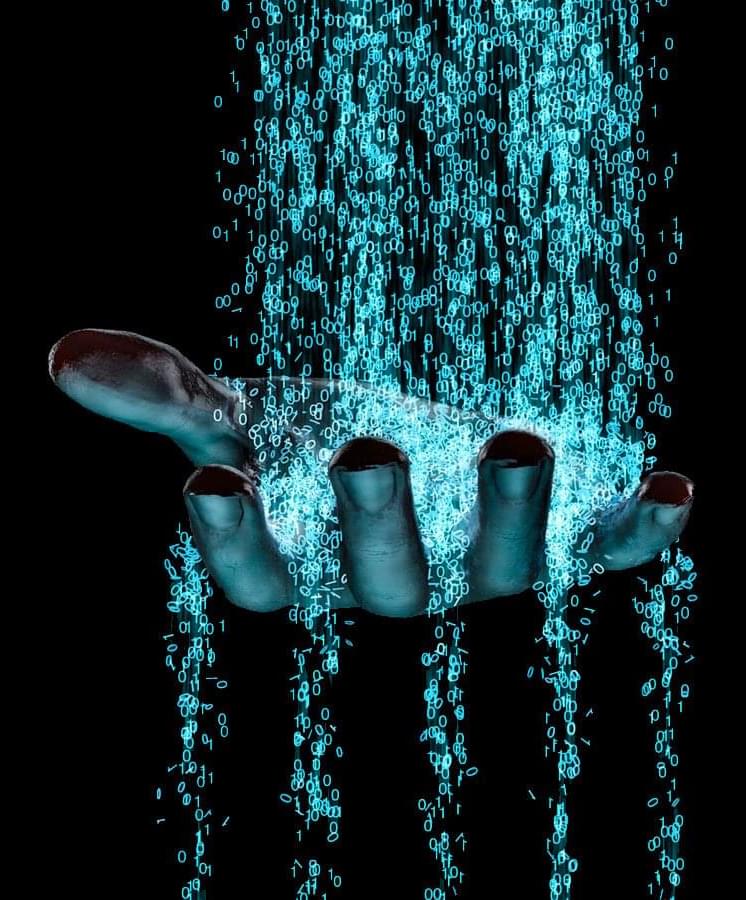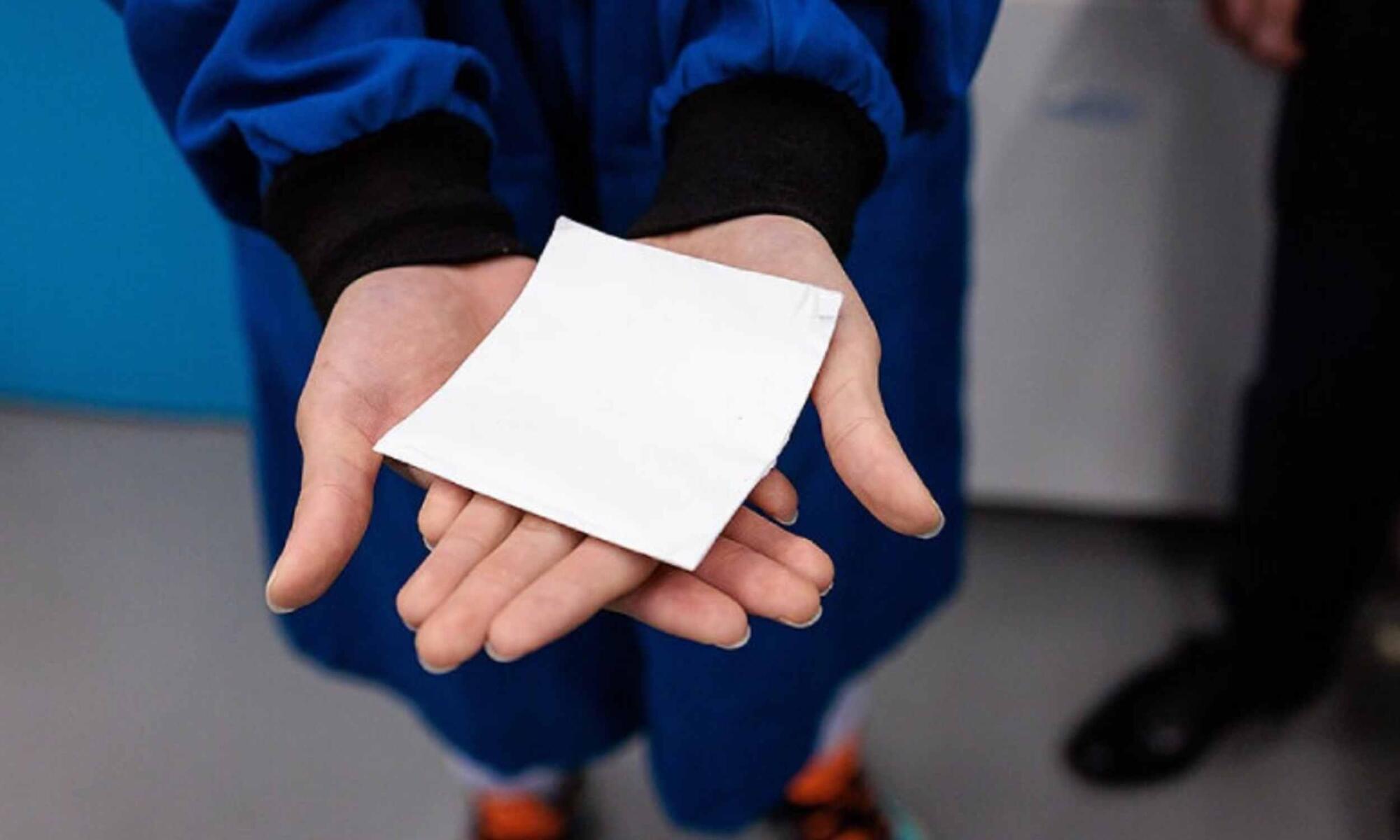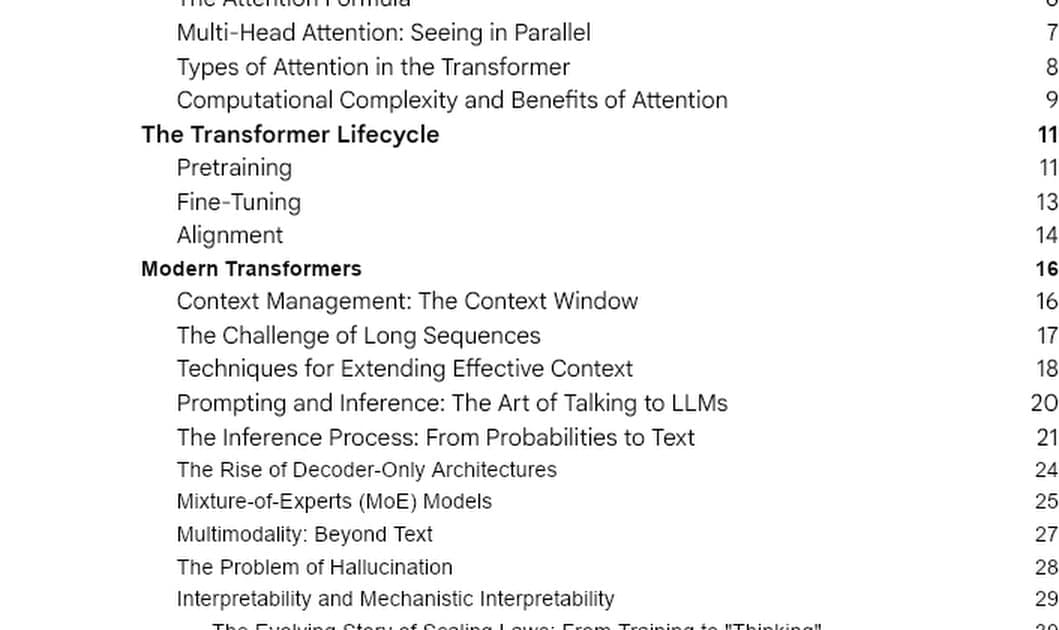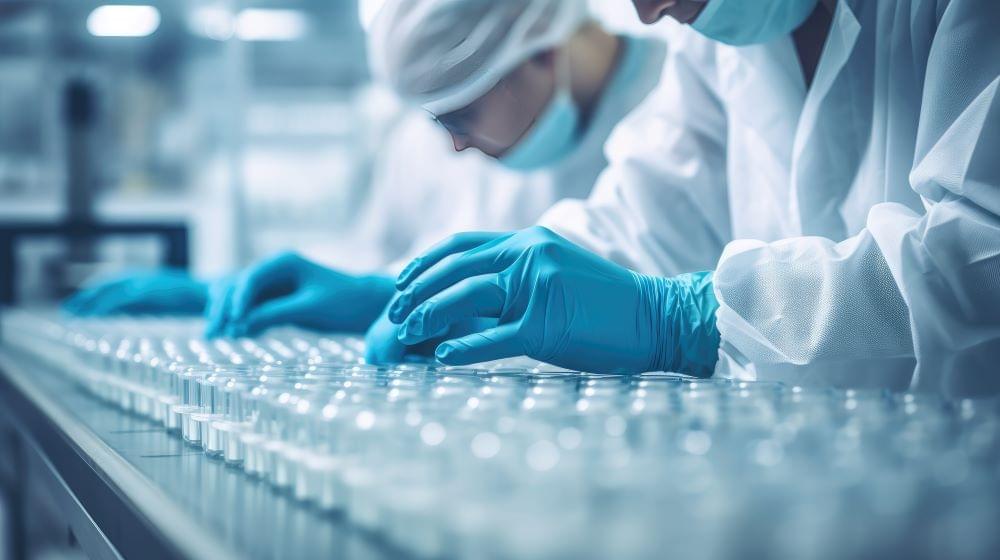Salesloft says attackers first breached its GitHub account in March, leading to the theft of Drift OAuth tokens later used in widespread Salesforce data theft attacks in August.
Salesloft is a widely used sales engagement platform that helps companies manage outreach and customer communications. Its Drift platform is a conversational marketing tool that integrates chatbots and automation into sales pipelines, including integrations with platforms like Salesforce.
The two have been at the center of a major supply-chain style breach first disclosed in late August, with Google’s Threat Intelligence Group attributing the attacks to UNC6395.







